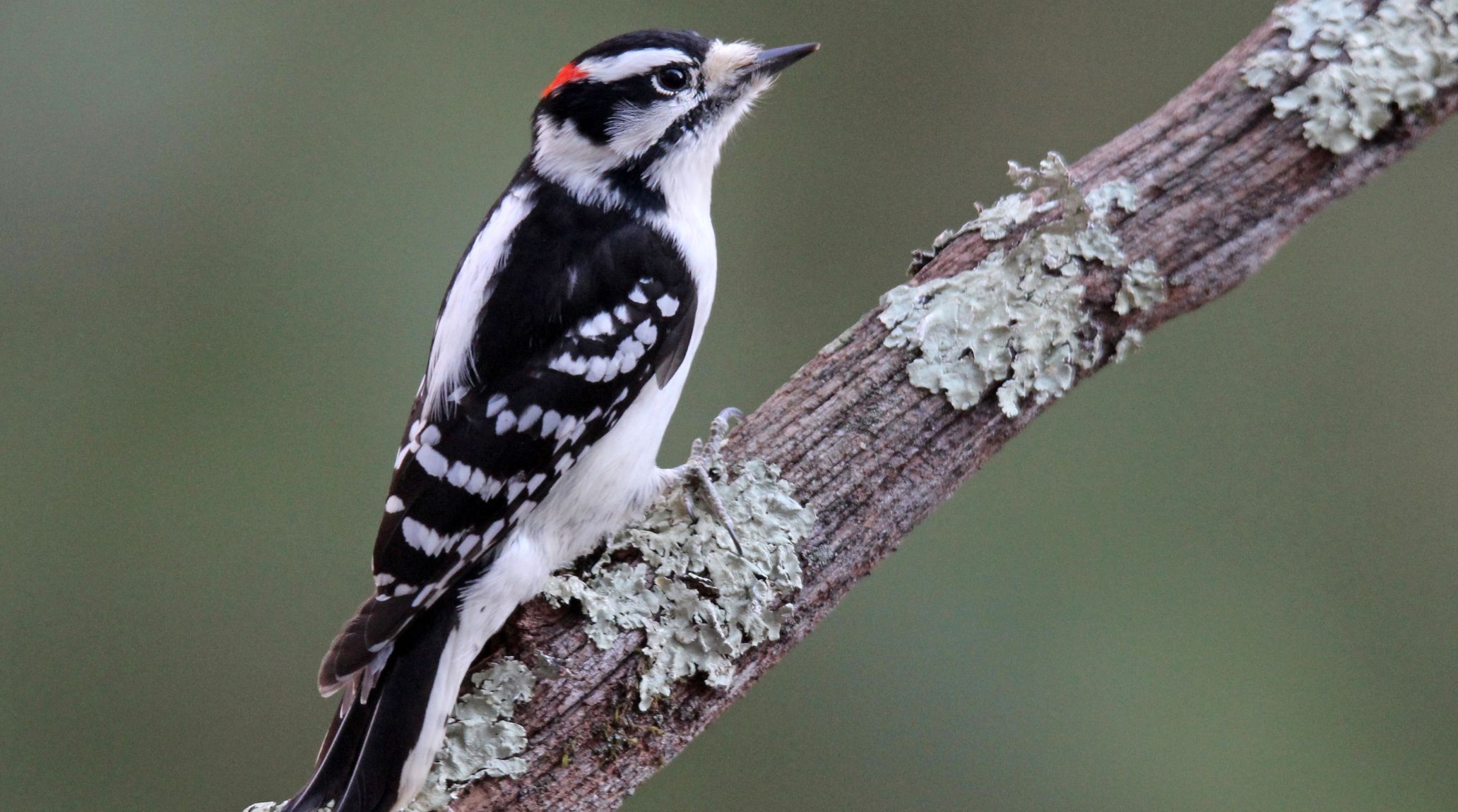
“
Woodpeckers are among nature's most intriguing avian wonders. With their unique adaptations and captivating behaviors, these birds offer a fascinating glimpse into the natural world. Join us on an educational journey as we delve into the lives of woodpeckers, uncovering Fascinating Woodpecker Facts and exploring what makes them such captivating creatures for young explorers.1
1
”
Woodpeckers likely originated in Eurasia's tropics approximately 45 million years ago. Diverging from the honeyguide lineage, these early woodpeckers embarked on their evolutionary journey, eventually spreading across diverse habitats. 1
The black woodpecker holds the record for the most rapid pecking rate, with this crow-sized bird hammering away at trees up to 12,000 times a day! 2
While pecking, woodpeckers rely on their stiff tail feathers for balance. These feathers act like a tripod, providing stability on tree trunks and allowing precise strikes without losing footing. 3
Woodpeckers typically live 4 to 12 years in the wild, depending on the species. Smaller woodpeckers generally have shorter lifespans, while larger species can live longer. Factors affecting their lifespan include predation, environmental conditions, and availability of food. 4
Woodpeckers are masters of rapid pecking, capable of striking up to 20 times per second. Their strong neck muscles and specially designed skull absorb the impact, ensuring their brains stay safe even during intense pecking sessions. 5
Featuring two toes pointing forward and two backward, woodpeckers' zygodactyl feet are tailor-made for gripping tree bark. This unique foot structure enables them to cling while exploring vertical surfaces. 6
The red-headed woodpecker's beak strikes tree bark at 20.9 km/h (13 mph), causing its brain to experience a deceleration of about 10 g. This impressive impact demonstrates the incredible resilience of woodpeckers. 7
Special air pockets in their skulls serve as shock absorbers, cushioning the impact of their rapid pecking. This adaptation prevents woodpeckers from suffering brain injuries and headaches despite their vigorous drilling. 8
Many woodpecker species do indeed feed on ants as part of their diet. They use their specialised tongues to access ant nests and consume the ants found within. This behaviour helps regulate insect populations in ecosystems, contributing to ecological balance. 9
Woodpeckers prefer dead or decaying trees for their foraging activities. These trees provide easier access to insects and larvae hidden in the wood. The soft, rotting wood is ideal for their pecking and drilling, ensuring a steady food supply. 10
Each woodpecker species boasts distinct vocalizations, essential for communication and identifying mates during breeding seasons. These calls vary in tone and rhythm, reflecting the bird's identity within its habitat. 11
The Acorn Woodpecker exhibits remarkable storage behaviour, drilling holes to stash thousands of acorns. These granaries serve as reliable food reserves during lean times, showcasing the bird's strategic foresight. 12
Woodpeckers sport dazzling plumage with bold colors and intricate patterns. Their vivid hues, including striking red crests, not only aid in camouflage but also attract attention, making them icons of the forest canopy. 13
Equipped with tongues that can extend up to three times the length of their beaks, woodpeckers use this unique tool to snatch insects deep within tree crevices. Their sticky tongues make them adept hunters of elusive prey. 14
During courtship rituals, woodpeckers engage in elaborate displays involving head-bobbing, wing-spreading, and rhythmic drumming. This dance not only showcases their agility but also reinforces pair bonding. 15
Certain woodpecker species, like the Yellow-bellied Sapsucker, feed on tree sap by drilling rows of small holes. These sap wells not only provide sustenance but also attract insects trapped in the sticky substance. 16
Woodpeckers exhibit tool-use behavior by employing twigs or pine needles to extract insects from tight crevices. This ingenuity highlights their adaptive intelligence in overcoming feeding challenges. 17
Woodpeckers do not have a pregnancy period since they lay eggs. The female woodpecker incubates the eggs for about 12 to 14 days. During this time, both parents may take turns keeping the eggs warm and protecting them. 18
They possess acute auditory senses, crucial for locating insects hidden within tree trunks. Their exceptional hearing aids in pinpointing prey locations and optimizing their pecking efforts. 19
The Pileated Woodpecker is the state bird of Illinois. While woodpeckers, in general, are not national birds, they hold significant regional importance, symbolizing natural heritage and wildlife in various states and locales across the United States. 20


